“Excellence in service delivery is not just a goal—it’s a relentless pursuit.”
This mantra resonates deeply within the rapidly expanding IT field.
The global IT operations and service management (ITOSM) market is thriving and revenues from ITOSM tools are projected to soar to $35.98 billion in 2025.
These tools are indispensable for IT operations teams to monitor, detect, and effectively address IT infrastructure and service irregularities. They help maintain the smooth functioning of IT services and ensure agility in business operations.
This guide will discuss how integrating advanced ITOSM tools can streamline service delivery and drive your business toward operational excellence.
What is Service Operations Management?
Service operations management is the administration of activities that deliver a company’s services to customers. It encompasses planning, designing, and managing service delivery processes to ensure efficiency, quality, and customer satisfaction.
ITSOM Issues Aren’t Just a Headache for IT
In a recent survey, 40.4% of respondents said that the sales department, essentially a non-IT department, is the most affected by IT operations issues.
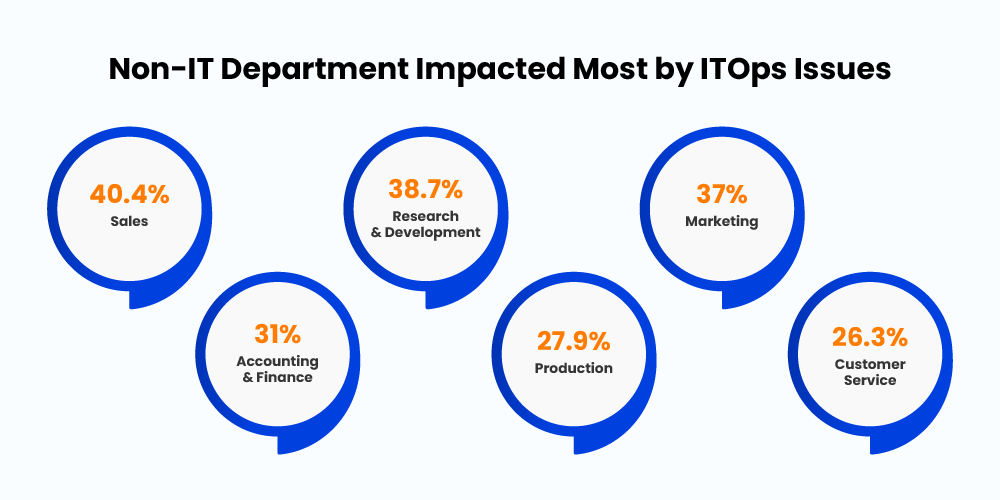
Other critical areas impacted include:
- R&D (38.7%)
- Marketing (37%)
- Finance (31%)
- Production (27.9%)
- Customer service (26.3%)
These disruptions also cost a lot. Nearly one-third (32.7%) of businesses report that one hour of IT downtime costs them $1 million or more.
This underscores the vital role of effective service operations management in minimizing downtime and maintaining seamless business operations.
Why is Service Operations Management Important for B2B IT
Service operations management is crucial for B2B IT companies, directly influencing client relationships and operational efficacy. Here are four key benefits:
1. It Maximizes resource use
Effective management ensures that your resources are used in the most impactful areas. It reduces waste and helps you focus on high-value activities that drive client satisfaction.
2. It Helps predict and prevent issues
Advanced service operations management utilizes data analytics to predict potential service disruptions before they occur. This will help you take preemptive action that minimizes operational risks.
3. It helps you make decision strategically
Service operations managers can make informed decisions through comprehensive insights. This way, their decisions can be well aligned with immediate business needs and long-term goals.
4. It Improves cross-functional collaboration
By integrating various departments (like IT, customer service, and development) through streamlined processes, companies experience improved innovation cycles and faster problem resolution, directly benefiting client projects.
The Key Principles of Operations Management
The key principles of service operations management form the backbone of effective and efficient service delivery, particularly in the B2B IT sector. Here are the foundational principles:
1. Focus on the customer
All service operations should be designed and executed with the customer’s needs and expectations at the forefront. This involves understanding the client’s business, their pain points, and how your services can best resolve their challenges.
2. Always be improving
This principle emphasizes the importance of ongoing assessment and enhancement of service delivery processes. Companies can systematically reduce inefficiencies and improve service quality using Six Sigma or Lean methodologies.
3. Integrated processes
Service operations should be seen as interconnected processes that span various departments. Effective management ensures these processes are aligned and optimized for seamless service delivery.
4. Commitment to quality
Quality is not just about the end product but also the processes used to deliver that product. Implementing rigorous quality control measures and standards is crucial to maintain high service levels.
5. Stay flexible
Adapting to technological changes, market conditions, and client expectations is vital. This principle involves creating flexible and scalable processes to accommodate growth and change without disrupting service quality.
Challenges Faced by Most IT Companies in Service Operations Management
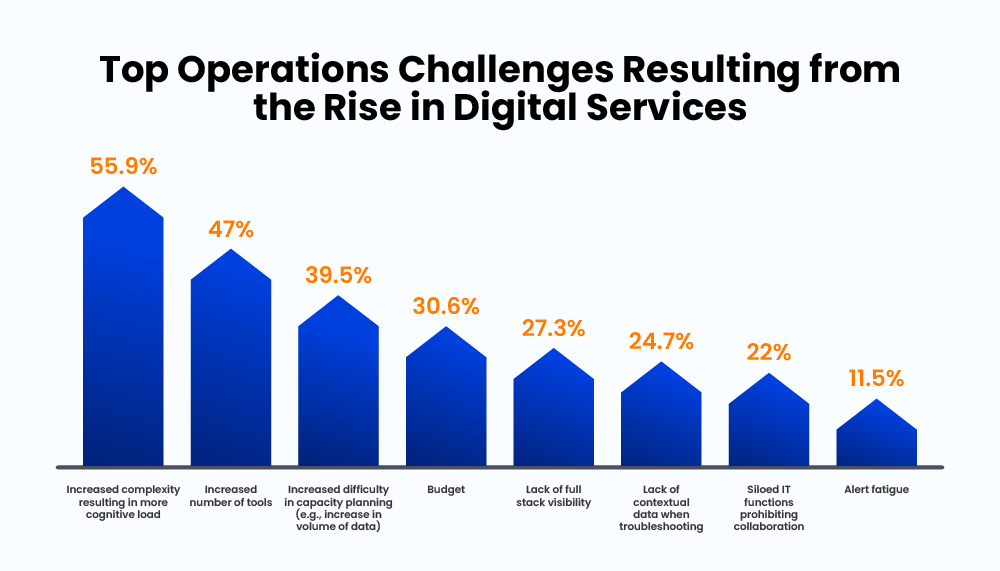
Service operations management in the B2B IT sector is fraught with complexities that can impede smooth delivery and client satisfaction. Here are some of the most pressing challenges:
- Integration of emerging technologies: IT companies struggle to keep pace with rapidly evolving technologies. The challenge lies in integrating these new tools into existing systems while ensuring that operations remain uninterrupted and effective.
- Resource allocation: Efficiently allocating human and technical resources remains a critical challenge, especially in environments with fluctuating demands. Balancing resource deployment without overextending capabilities or underutilizing assets is a constant concern.
- Cross-functional coordination: Departments such as development, operations, and customer service often operate in silos, leading to fragmented workflows. This lack of seamless collaboration can delay responses and hinder overall service efficiency.
- Scaling operations globally: Adapting service operations to accommodate different markets and cultures presents a substantial challenge. Ensuring consistent service quality across diverse geographical locations and adhering to various local regulations are major hurdles for global expansion.
- Talent acquisition and retention: Attracting and retaining skilled professionals is increasingly difficult in a competitive market. IT companies face the dual challenge of finding qualified candidates and keeping them engaged in a rapidly changing technology landscape.
- Change management: Introducing new technologies or processes can lead to significant organizational resistance. The challenge is managing this resistance and ensuring smooth transitions without impacting morale or productivity.
- Legacy systems integration: Many IT companies must contend with outdated legacy systems that are deeply embedded in their operations. The challenge is to integrate modern solutions with these legacy systems without disrupting ongoing operations or client services.
Strategies for Effective Implementation of Service Operations Management
With 38.4% of organizations taking more than 30 minutes on average to resolve IT incidents impacting consumer-facing digital services, the need for robust service operations management is more critical than ever.
Here’s a step-by-step guide to framing and integrating service operations management successfully within a B2B IT company:
1. Set the right targets to measure success
Your goals and KPIs must align with your company’s broader business objectives and client needs. For instance, for an IT service provider to enhance customer satisfaction, a primary objective could revolve around:
Reducing the average resolution time for customer issues
They can include KPIs such as “Average Time to Resolution” and “Customer Satisfaction Score.” The IT service desk can directly impact customer perceptions and service quality by focusing on these KPIs. Here are some methodologies you might want to look into:
- SMART criteria: Ensure that all objectives and KPIs are Specific, Measurable, Achievable, Relevant, and Time-bound. This clarity helps precisely target what you need to achieve and how you’ll measure success.
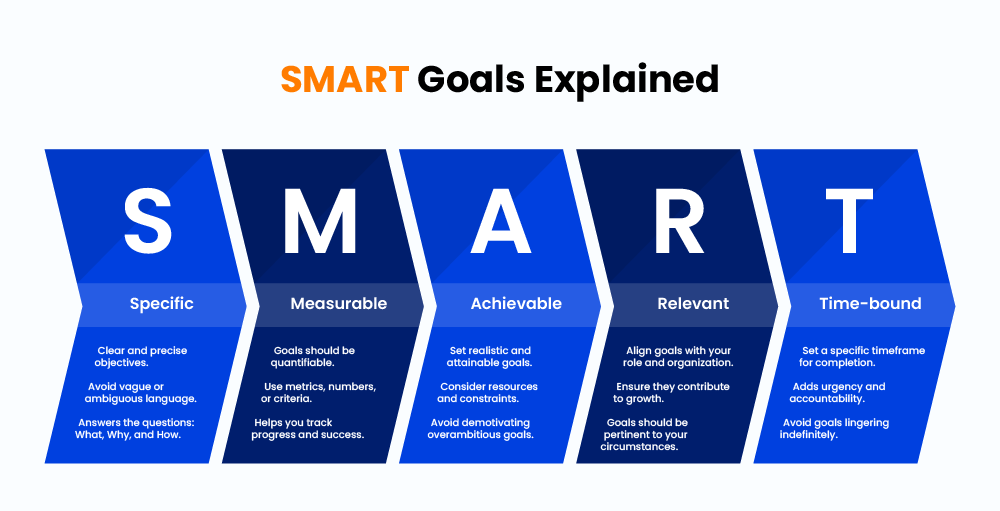
- Balanced scorecard: Use this framework to balance financial and non-financial KPIs, ensuring that short-term actions are aligned with long-term strategic goals. This approach helps monitor both the operational performance and strategic endeavors of service operations.
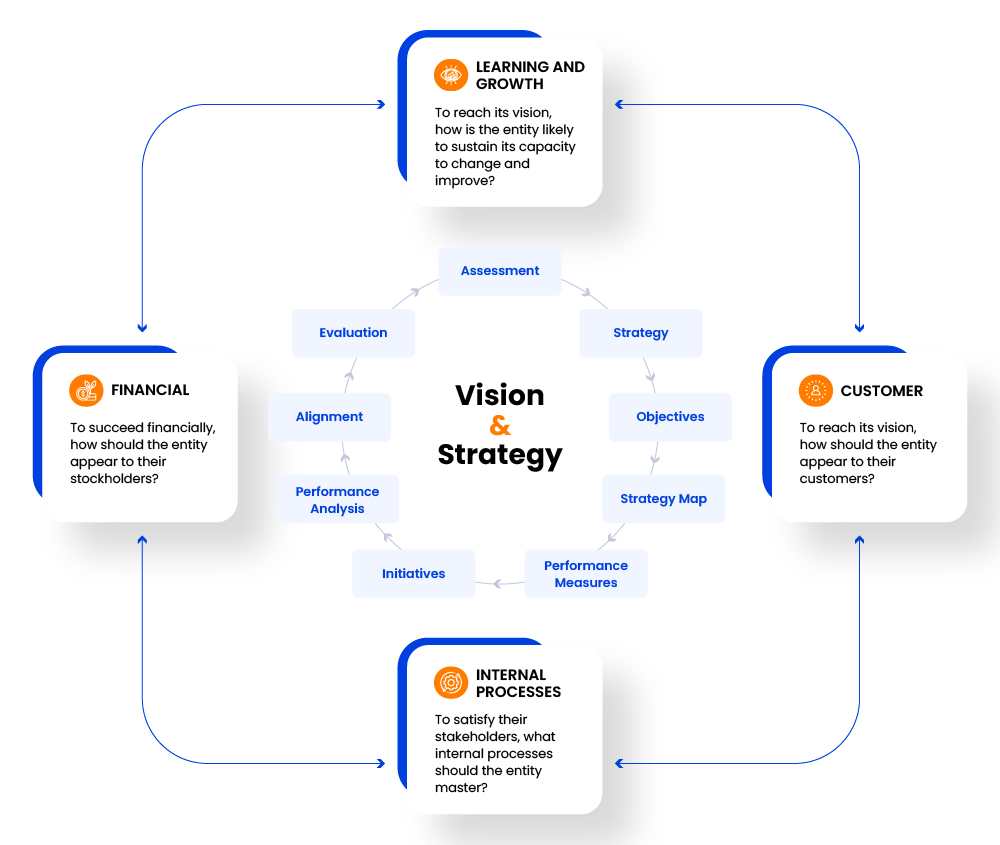
2. Assess current operations: audit and adapt
A thorough assessment of your current service delivery processes is crucial to:
- Uncover areas for improvement
- Identify potential bottlenecks
- Pinpoint gaps in technology or skills
This evaluation provides the necessary insights to streamline operations and enhance service delivery.
Pro Tip: Use Process Mapping and Gap Analysis
Employ process mapping to visualize and understand every step of your service operations, identifying inefficiencies and redundancies. You can complement this with a gap analysis to compare current operations against ideal outcomes, pinpointing processes, technologies, and skills discrepancies.
3. Design custom process frameworks
When developing detailed frameworks for each service operation process, it’s essential to map out each step, determine necessary resources, and define roles and responsibilities. Several popular frameworks can guide this development, including:
1. ITIL (Information Technology Infrastructure Library)
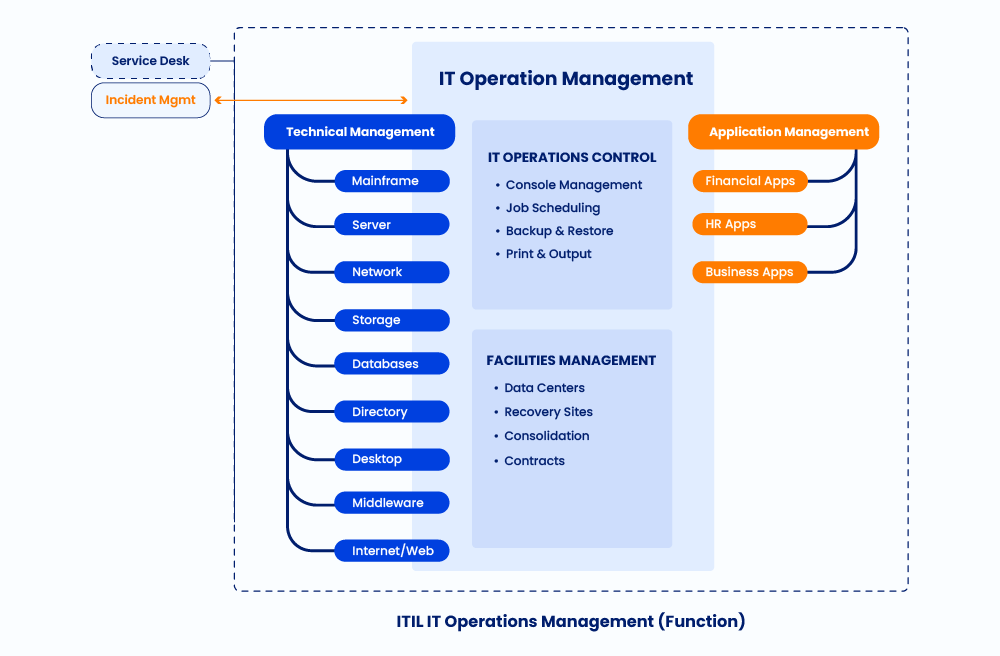
ITIL is widely recognized in the IT service management industry for its comprehensive set of best practices. It helps organizations manage risks, establish cost-effective practices, strengthen customer relations, and build stable IT environments for growth, scale, and change.
2. COBIT (Control Objectives for Information and Related Technologies)
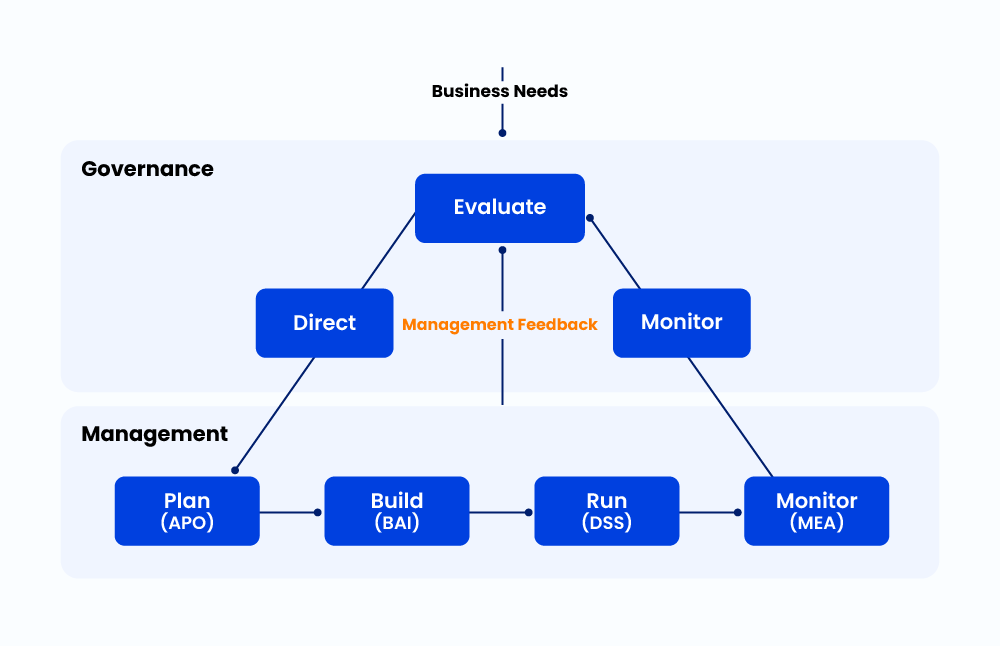
COBIT framework supports business leaders in managing and governing enterprise IT environments. It emphasizes regulatory compliance, helps organizations increase the value attained from IT, enables information security and privacy, and aligns IT operations with business objectives.
3. Six Sigma
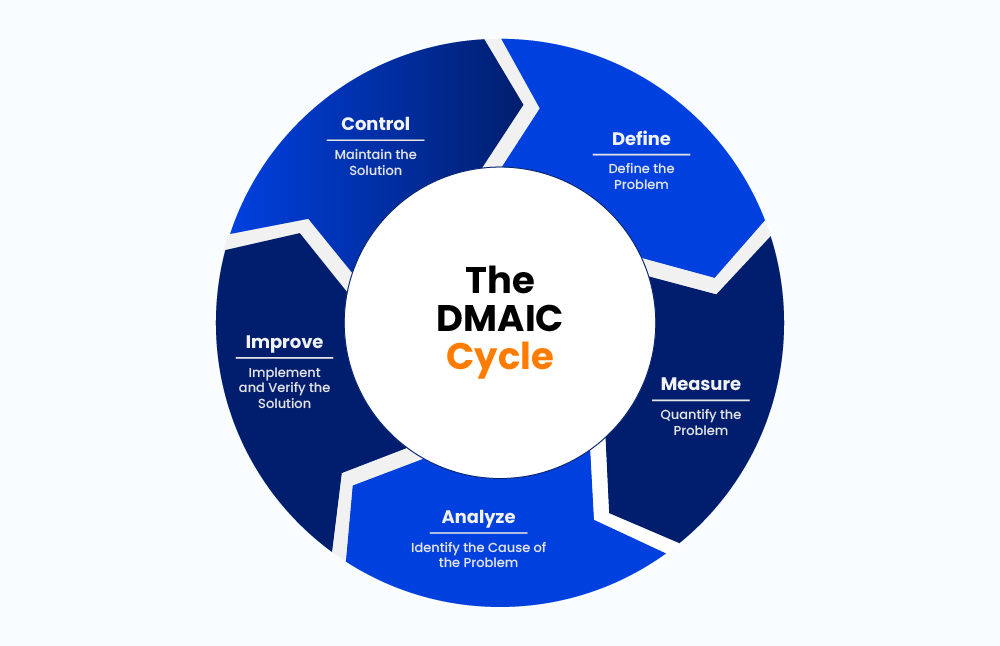
4. Pick the smartest tech stack
Choose and implement technology solutions that support efficient service management. This may include ITSM software, CRM systems, analytics tools, and automation technologies.
LeadSquared, for example, excels as a CRM system designed for high-velocity sales environments. It offers robust sales automation, lead management, and performance management features that streamline service operations. Its extensive integration capabilities allow it to work hand-in-hand with other operational tools, ensuring a cohesive management system.
5. Lastly, strategize for continuous monitoring, improvement, and change management
To ensure optimal performance in service operations management, you must integrate continuous monitoring, improvement, and change management into a unified strategy.
Begin by continuously monitoring service operations performance through predefined KPIs. Leverage the insights gathered to make informed adjustments that enhance process efficiency and effectiveness. This ongoing evaluation helps pinpoint areas needing improvement and ensures that operations remain agile and responsive to changes in the business environment.
Simultaneously, it fosters a culture of continuous improvement within the organization.
- Encourage regular feedback from both employees and clients
- Use this feedback to refine and enhance service management practices continually.
- Boost morale and engagement by involving team members in the process of optimization.
Pro Tip: Adopt a Proactive Mindset for Change, Companywide
Incorporate proactive change management by maintaining clear and frequent communication with all stakeholders. This ensures everyone is informed, aligned with the organization’s strategic goals, and supported through transitions.
Empower Service Excellence with LeadSquared
LeadSquared, with its comprehensive suite of tools designed for high-velocity sales environments. It can be particularly beneficial in managing complex service operations that require rapid responses, high levels of customer engagement, and efficient process management. Here’s how LeadSquared can support service operations management:
- Advanced CRM and automation: LeadSquared’s robust CRM facilitates efficient data management and lead scoring. This boosts IT sales team productivity by automating routine tasks and prioritizing interactions with the most promising prospects.
- Seamless integration: The platform integrates with existing IT management tools and platforms, ensuring cohesive data flow and process efficiency. This integration is crucial for synchronizing sales, customer support, and backend IT operations.
- IT customizable solutions: Through the LeadSquared API and the Dev Platform (LAPPS), IT firms can customize the platform to align with specific technological needs and workflow requirements, adapting easily to changes in the tech landscape.
- Enhanced Performance Management: LeadSquared enables IT managers to track and optimize sales and service processes with minimal need for additional IT resources, enhancing operational efficiency and reducing overhead.
In Conclusion
Implementing an effective service operations management system is crucial for B2B IT companies aiming to maintain competitive advantage and ensure customer satisfaction. LeadSquared provides an integral solution that enhances these efforts.
Its robust CRM and sales automation capabilities streamline customer interactions and operational workflows. With LeadSquared, you can transform your service operations into dynamic and responsive functions that meet and exceed customer expectations. Book your demo today.
FAQs
1. What is the importance of IT Service Operations Management in modern businesses?
IT Service Operations Management is crucial for maintaining continuous service delivery, enhancing customer satisfaction, and improving business operational agility. It ensures that IT services effectively support company objectives, manage risks, and maximize resource utilization.
2. How can advanced ITOSM tools benefit an IT department?
Advanced ITOSM tools enable IT departments to swiftly monitor, detect, and address infrastructure irregularities, ensuring minimal downtime. They facilitate better resource management, predictive maintenance, and quicker resolution of IT issues, ultimately supporting seamless business operations.
3. What are some common challenges in Service Operations Management and how to overcome them?
Common challenges include integrating new technologies, managing resource allocation, and ensuring cross-departmental coordination. Overcoming these challenges involves adopting robust frameworks like ITIL or COBIT, utilizing comprehensive ITSM tools, and fostering a culture of continuous improvement and proactive change management.









